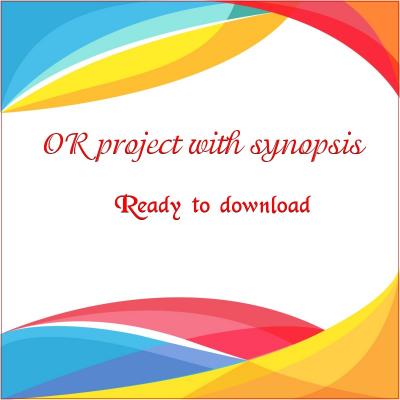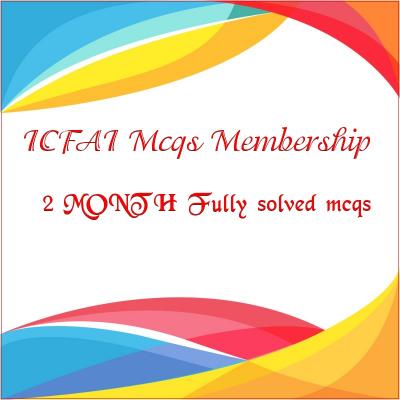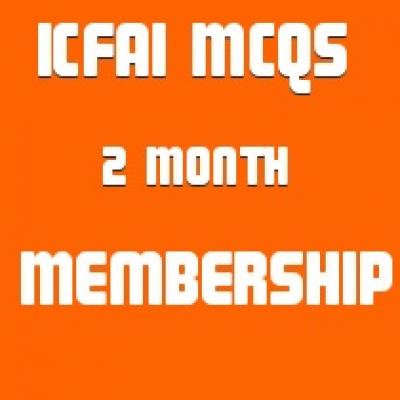Supply chain management
Price:
Rs500
Supply chain management SOLVED PAPERS AND GUESS
Product Details: anna university Supply chain management SOLVED PAPERS AND GUESS
Format: BOOK
Pub. Date: NEW EDITION APPLICABLE FOR Current EXAM
Publisher: MEHTA SOLUTIONS
Edition Description: 2021-22
RATING OF BOOK: EXCELLENT
ABOUT THE BOOK
FROM THE PUBLISHER
If you find yourself getting fed up and frustrated with other anna university book solutions now mehta solutions brings top solutions for anna university Supply chain management BOOK contains previous year solved papers plus faculty important questions and answers specially for anna university .questions and answers are specially design specially for anna university students .
Please note: All products sold on mbabooksindia.com are brand new and 100% genuine
- Case studies solved
- New addition fully solved
- last 5 years solved papers with current year plus guess
FULLY SOLVED BOOK LASY 5 YEARS PAPERS SOLVED PLUS GUESS
FULLY SOLVED BOOK
DBA 7007 Supply chain management
UNIT I INTRODUCTION - Supply Chain – Fundamentals –Evolution- Role in Economy -Importance - Decision Phases - Supplier- Manufacturer-Customer chain. - Enablers/
Drivers of Supply Chain Performance. Supply chain strategy - Supply Chain
Performance Measures.
UNIT II STRATEGIC SOURCING - Outsourcing – Make Vs buy - Identifying core processes -Market Vs Hierarchy - Make Vs buy continuum -Sourcing strategy - Supplier Selection
and Contract Negotiation. Creating a world class supply base- Supplier Development -World Wide Sourcing.
UNIT III SUPPLY CHAIN NETWORK - Distribution Network Design – Role - Factors
Influencing Options, Value Addition – Distribution Strategies - Models for Facility
Location and Capacity allocation. Distribution Center Location Models. Supply Chain
Network optimization models. Impact of uncertainty on Network Design - Network
Design decisions using Decision trees.
UNIT IV PLANNING DEMAND, INVENTORY AND SUPPLY - Managing supply chain
cycle inventory. Uncertainty in the supply chain –- Analysing impact of supply chain
redesign on the inventory - Risk Pooling - Managing inventory for short life - cycle
products -multiple item -multiple location inventory management. Pricing and Revenue
Management
UNIT V CURRENT TRENDS - Supply Chain Integration - Building partnership and trust in SC
Value of Information: Bullwhip Effect - Effective forecasting - Coordinating the supply
chain. . SC Restructuring - SC Mapping -SC process restructuring, Postpone the point
of differentiation – IT in Supply Chain - Agile Supply Chains -Reverse Supply chain.
Agro Supply Chains.
1. Books by courier
2. Delivery in 5-7 days
3. Courier india only
4. Rating of product : largest selling







